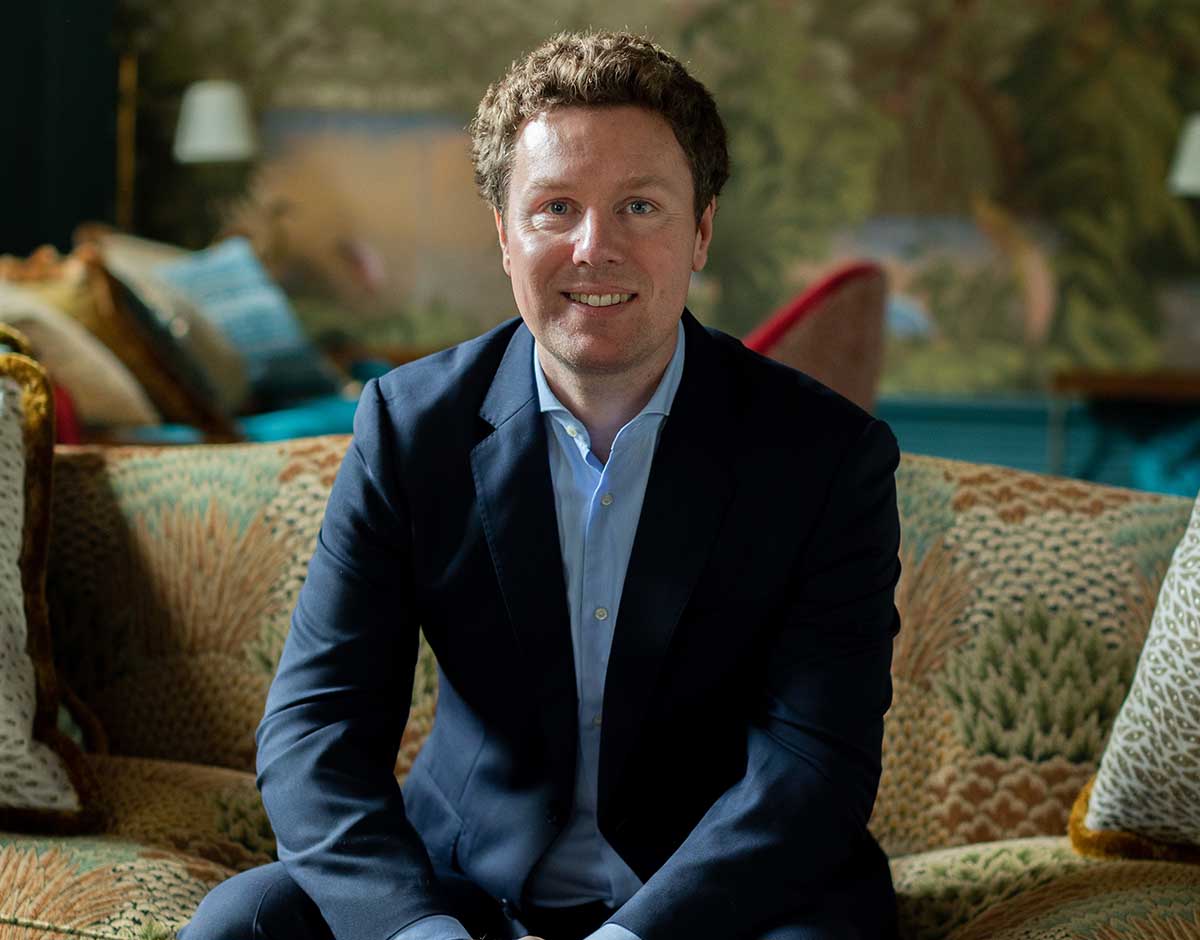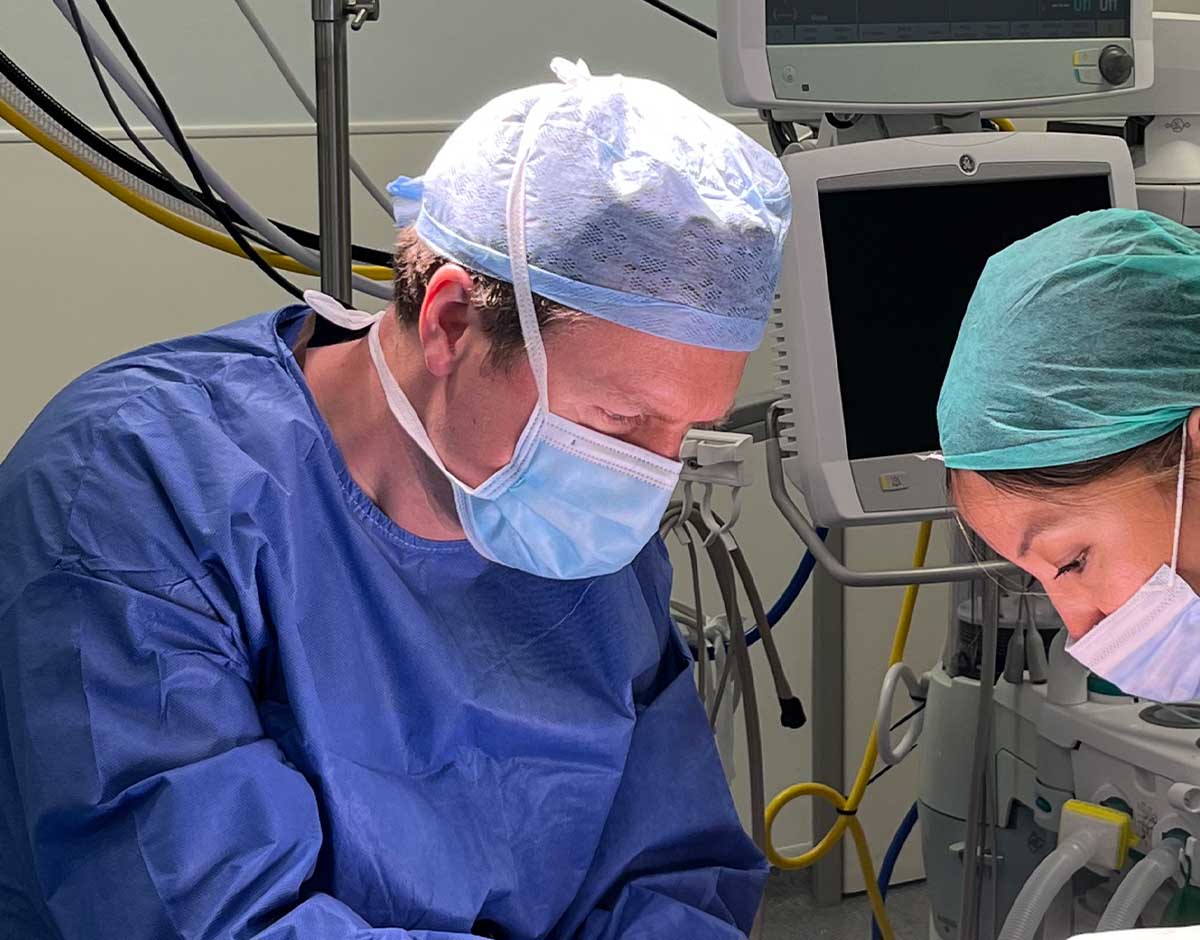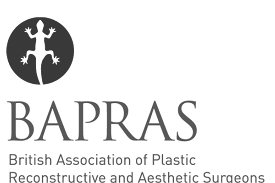-
What is microvascular reconstruction for the face?
Microvascular reconstruction is a surgical procedure that restores or reconstructs damaged or missing tissue in the face. This type of reconstruction is typically performed after trauma, cancer removal, or other diseases that result in facial deformities. Facial palsy (weakness or paralysis of the facial muscles) can also be treated in this way. During the procedure, Jonathan will connect small blood vessels, nerves, and tissue from another part of the body to the damaged area of the face. This allows for the transfer of healthy tissue and blood supply to the affected area, promoting healing and restoring normal function.
-
Who is microvascular reconstruction for the face suitable for?
Microvascular reconstruction is suitable for individuals who require reconstruction following skin cancer, head and neck cancer, trauma or facial palsy. It can rebuild the structures of the face and neck, in addition to the jaw, tongue, or throat. This procedure can restore vital functions like swallowing and speaking. Whether it is replacing tissue lost to cancer or restoring muscle function in facial palsy, microvascular reconstruction plays a crucial role in helping individuals regain their confidence and a better quality of life.
-
What happens during your first microvascular reconstruction appointment?
Jonathan will need to carefully examine you to evaluate the extent of the reconstruction needed. This evaluation may include taking detailed photographs and measurements of the affected area. He’ll talk about your procedure options, which may include using tissue from another part of the body, such as the forearm or thigh, to reconstruct the damaged or missing tissue on the face, and he’ll discuss risks and benefits with you.
-
How painful is microvascular reconstruction?
This surgery itself can take anywhere from 4 to 8 hours to complete. This includes the time required for preparing the patient, harvesting healthy tissue from another part of the body (such as the forearm or thigh), and meticulously connecting blood vessels under a microscope. The duration may also be influenced by the need for additional procedures, such as nerve reconstruction. Jonathan will give you all the relevant details about surgery duration when you meet him for your consultation.
-
How long does microvascular reconstruction take?
This surgery itself can take anywhere from 4 to 8 hours to complete. This includes the time required for preparing the patient, harvesting healthy tissue from another part of the body (such as the forearm or thigh), and meticulously connecting blood vessels under a microscope. The duration may also be influenced by the need for additional procedures, such as nerve reconstruction. Jonathan will give you all the relevant details about surgery duration when you meet him for your consultation.
-
What results can I expect from my microvascular reconstruction?
The transplanted tissue is closely monitored post—operatively to ensure the new blood supply is adequate. The purpose of reconstruction is to rebuild the face to restore natural form, and in some cases improve function of speech and swallowing.
-
Are there any risks involved with microvascular reconstruction?
While microvascular reconstruction can provide significant benefits, there are inherent risks associated with the procedure, such as bleeding or failure of the reconstruction due to loss of blood supply. Jonathan will ensure you have a thorough understanding of these potential complications and discuss them with you before you make a decision.

Microvascular Reconstruction
Face Reconstruction
Microvascular reconstruction is a surgical procedure that involves the transfer of tissue from one part of the body to another using microsurgical techniques. It is commonly used in facial reconstruction after skin cancer or head and neck cancer. If you’ve had cancerous tissue removed, the resultant defect can be reconstructed with this technique to restore both the form and function of the face by transferring tissue from another part of the body, such as the thigh or forearm to help rebuild the face and help regain a better quality of life after cancer treatment.
What happens during microvascular reconstruction for the face / head and neck?
Jonathan will use microsurgical techniques to transfer the tissue. The tissue is elevated with a small artery and vein which are then carefully connected to blood vessels in the face or neck using a microscope and very fine sutures. This ensures that the transplanted tissue receives a sufficient blood supply to survive and heal. Once the donor site is chosen, Jonathan will create a flap of tissue that includes skin, fat, and potentially muscle or bone. The blood vessels in the recipient site are carefully dissected and prepared. Then, Jonathan will carefully shape and position the transplanted tissue to conform to the area needing reconstruction. The incisions are closed with sutures, and drains may be placed to remove any excess fluid or blood.
Faqs | Microvascular Reconstruction
“Very happy with the procedure and how everything went. Thank you!”
Client Review











